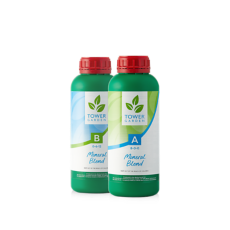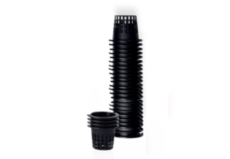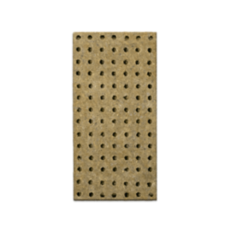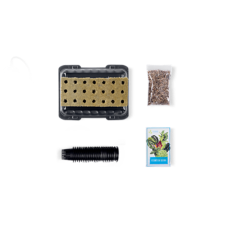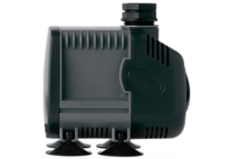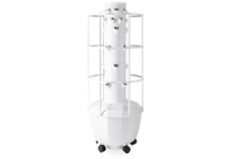Top Crops to Grow Indoors With Tower Garden
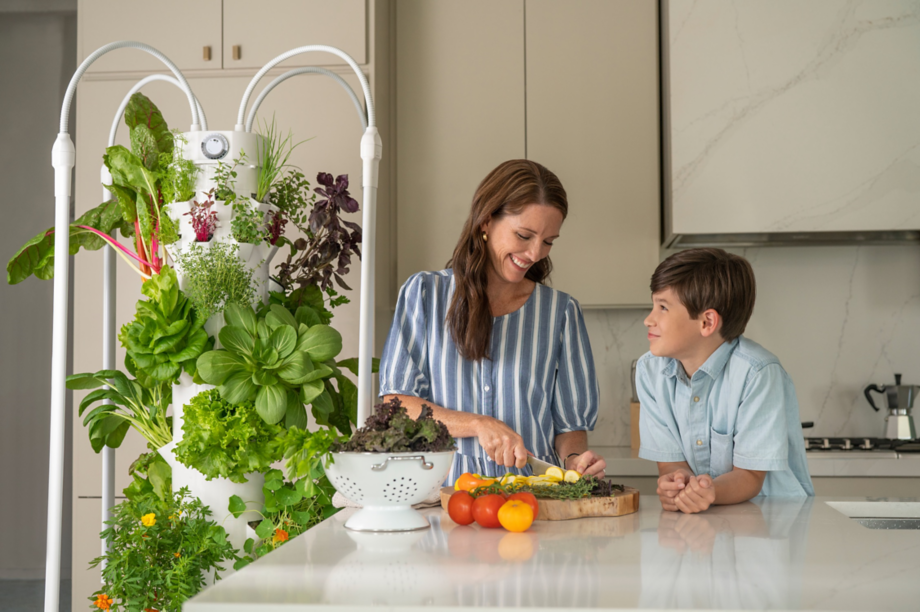
In recent years, indoor gardening has continued to increase in popularity among gardening veterans and novices alike. When you consider all its benefits, that's certainly no surprise. Imagine having delicious, crisp lettuce available to create the perfect salad, sautéed with your favourite dish, or make fresh, homemade soup, all within arm’s reach.
While there are hundreds of crops you can grow indoors with Tower Garden, we thought we’d highlight some of our favourites below. Keep in mind before you start an indoor garden in your Tower, you will need a set of LED Indoor Grow Lights to provide amount of light needed for plants to flourish.
Top Crops to Grow Indoors with Tower Garden
Narrowing down our favourite indoor crops was no easy task. But we chose these crops because they’re easy to grow, versatile in the kitchen, and taste amazing when grown in your Tower Garden and picked fresh!
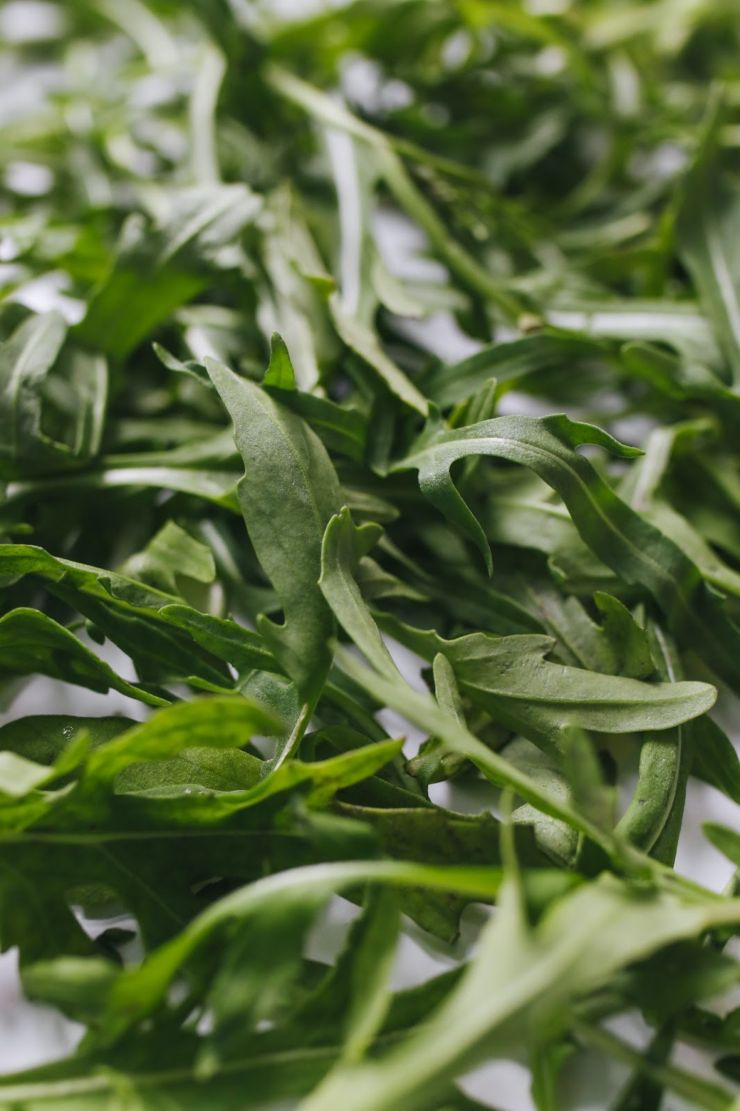
Rocket
In the world of leafy greens, you’ll be hard pressed to find some more popular than Rocket. This incredibly leafy green goes great on salads, pizzas, sandwiches, and soups. Not only does it taste great, but it does a body good! Rightfully so, Rocket deserves a place on your Tower Garden.
Part of the brassica family, which means it’s related to cauliflower, broccoli, and cabbage, Rocket is high in fibre and antioxidants. It’s also high in glucosinolates, which some studies indicate may lower the risk of developing breast, lung, pancreatic, and prostate cancer. And if that weren’t enough, Rocket also has more calcium and zinc than kale, a known superfood.
To harvest your Rocket, we recommend following these steps:
- Harvest only a few leaves at a time, from the bottom of the plant upward.
- Allow 2–3 leaves to remain so the plant can keep growing.
- Repeat every 2–3 days until the plant bolts, or begins flowering. Flavour will intensify after each harvest.
- After bolting, replace the plant with a fresh seedling. Learn more about bolting here.
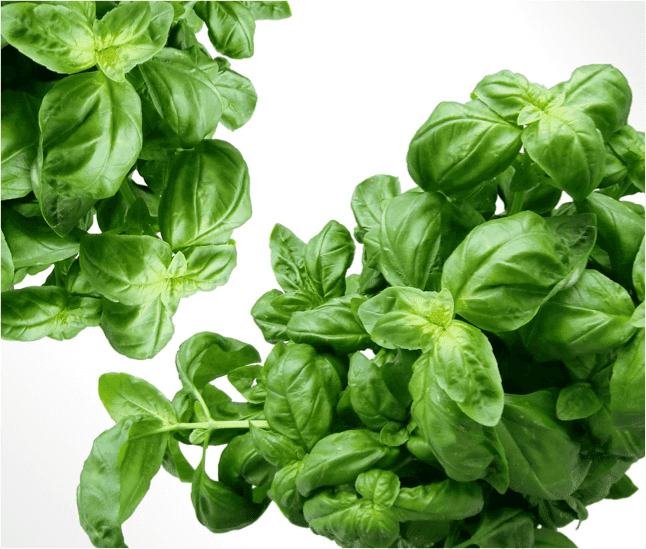
Basil
Ever wanted to make pesto? Or add a little flair to a homemade pizza? Basil is the source of so many delicious dishes, and its affinity for warmer temperatures makes it a great crop for indoor growing. Not to mention, it smells delightful once it’s picked. Like kale, there are several varieties, though the most common and popular versions are in the sweet basil family.
When starting to grow basil, plant about six seeds per rockwool cube. They should germinate within a week. Once they’ve germinated, place your seedlings outside in the sun or under a grow light to increase their hardiness. They should be ready to transplant two weeks after sprouting.
We recommend planting basil near the top of your Tower Garden, where it can comfortably grow upward and outward—which it will do rapidly.
Once your basil has six leaves, you should start pruning. Pinch (or snip) the main stem just above a pair of leaves. You’ll probably see small leaves sprouting in the axil of the stem and mature leaf. After you prune, these little leaves will develop into new branches.
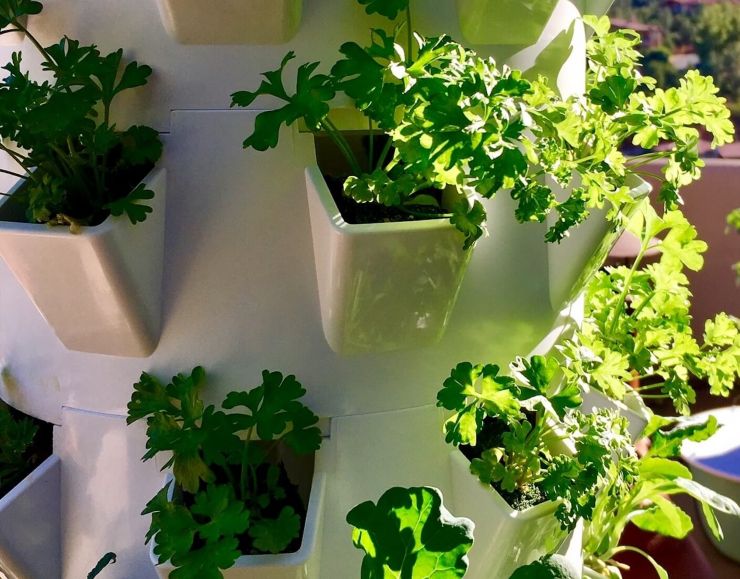
Baby Greens
Also known as spring mix, baby greens are one of the easiest, and fastest, crops to grow with Tower Garden. Not only that, they also thrive indoors under an LED Indoor Grow Light. Although they’re harvested small, the leaves are packed to the brim with flavour and nutrition. Perfect to throw into smoothies or your favourite pasta sauce, they should be a staple in every garden.
Baby greens are immature leaves of a variety of greens. They provide a unique, and arguably superior, flavour profile. Depending on the variety of greens, the flavour can be sweet, bitter, or peppery.
When it comes to nutrition, baby greens don’t hold back on that either. An amazing source of calcium, folate, iron, and a variety of vitamins, baby greens offer plenty of reasons to incorporate them into your diet.
?wid=639&fmt=png-alpha&bfc=off&_ck=1666007887811)
Chard
Not only is this leafy green an excellent source of vitamins A, B, C, and K, it also provides us with much needed calcium, copper, iron, and potassium. It’s among the healthiest foods you can eat, and it’s easy to grow with Tower Garden!
When planting chard, whether rainbow, Swiss, or other variety, plant about four seeds per rockwool cube. Seeds should germinate within 1–2 weeks. And seedlings should be ready to transplant 2–3 weeks after sprouting. Because it grows tall, we recommend planting chard in the top section of your tower.
Ready to go Tower-to-Table? Leaves are most flavourful when the plant is 50–60 days old. But you can begin harvesting leaves when they are 10–13 cm long.
Keep these tips in mind when harvesting chard:
- Cut leaves near the base, being careful not to cut the stems of the inner leaves.
- Harvest the mature leaves first, leaving smaller leaves for continued production.
- Pick no more than 3–5 mature leaves from a plant at a time.
- Harvest often, as this encourages new growth.
- Remove old leaves that have lost their glossy sheen.
Chard leaves make a convincing spinach substitute, as the stalks do for asparagus or celery. The healthy green is delicious simply sautéed with lemon juice and sprinkled with Parmesan cheese. But Tower Gardeners also use it in salads, fried rice, scrambled eggs, and even pesto! (Get those recipes here.)
?wid=719&fmt=png-alpha&bfc=off&_ck=1666008190587)
Chives
The smallest and mildest member of the onion family, fresh or dried chives are great for topping dishes and adding to soups for extra zest. We love chives because they’re easy to grow, easy to prep, and add so much flavour to whatever you’re cooking. Outdoors, chives thrive in full sun, but they’ll tolerate light shade. For indoor growing, we recommend 6–8 hours of grow light exposure daily for optimal results.
Chives require cooler conditions (around 60°F/16°C) to germinate and can take as long as three weeks to sprout. We recommend planting about four seeds per rockwool cube and placing your seeds in a dark, cool place until they germinate. After this happens, move the seedlings outside in the sun or under a grow light to facilitate strong, healthy growth. Your chives should be ready to transplant about two weeks after sprouting.
Like basil, we recommend planting chives near the top of your Tower Garden.
You can harvest chives once they’re about 15 cm tall. When harvesting, keep the following tips in mind:
- With clean scissors, cut the outermost leaves about 5 cm above the base of the plant.
- Always leave about half the plant intact so that it can regenerate. This will allow you to make several consecutive harvests.
- Harvest often to encourage new growth and discourage flowering (which will end the growing cycle).
?wid=591&fmt=png-alpha&bfc=off&_ck=1666008125812)
Kale
Offering vitamin C, calcium, and potassium, kale is the perfect indoor crop candidate to keep your immune system healthy all year long. This leafy green comes in many shapes, colours, and textures, and it can be prepped in a variety of ways. While kale is often eaten raw in salads and smoothies, it can also be baked, boiled, steamed, and sautéed.
Whether you decide to grow curly, lacinato, or red Russian kale, start by planting about four seeds per rockwool cube. After the seeds germinate in 1–2 weeks, you can transplant them into your tower. Depending on the variety and growing conditions, your kale could be ready to harvest in as little as a month.
When harvesting your kale, pick the bottom most leaves first, allowing at least 3–4 leaves to remain and keep growing. You should harvest often, as this will encourage continued growth (which ultimately means greater yields). Prune dead or diseased leaves as needed.
?wid=740&_ck=1666008227925)
Lettuce
Lettuce is arguably one of the most popular crops to grow with Tower Garden, especially indoors. Not only is it simple to grow, it’s also very easy to use in the kitchen. From salads to burger toppings, lettuce wraps to sandwiches, there are so many different recipes to choose from.
Packed with vitamins A, K, and other nutrients, lettuce is also one of the healthiest things you can grow with Tower Garden—and your Tower Garden comes with packets of gourmet lettuce and Bibb lettuce seeds, so you can start growing your own delicious salads immediately.
Lettuce will take just a couple of weeks until it’s ready for harvest. When you get to that point, you can follow one of two methods.
- Whole head. Remove the entire plant and net pot from your Tower Garden, or cut all the leaves off at the base of the plant. If you choose this method, be sure to have replacement seedlings ready.
- Individual leaf. This technique keeps the plant alive and encourages continued production. When there are plenty of mature leaves present:
- Harvest only a few leaves at a time, from the bottom of the plant upward.
- Allow 2–3 leaves to remain so the plant can keep growing. Repeat every 2–3 days until the plant bolts, or begins flowering. After bolting, replace the plant with a fresh seedling.
?wid=586&fmt=png-alpha&bfc=off&_ck=1666008113226)
Spinach
A mainstay in salads, stir-fries, smoothies, and sides, spinach is one of the most versatile and popular greens there is. An excellent source of vitamin K, vitamin A, vitamin C, and folate, this supergreen has been known to support brain health and help us manage blood pressure.
Like kale, we recommend planting about four seeds per rockwool cube with germination in 1–2 weeks. Spinach prefers full sun to partial shade, and it grows best in temperatures between 35–75°F (2–24°C). Seedlings should be ready to transplant to your Tower Garden 2–3 weeks after sprouting.
Harvest spinach as soon as the leaves are big enough to eat, especially since regular harvests extend the plant’s life cycle. Cut the outer leaves first to encourage continued production. If you notice signs of bolting (like sudden vertical growth), harvest the entire plant to prevent the remaining leaves from becoming bitter.
Indoor Vegetable Garden Inspiration
Check out our Instagram and Facebook pages for more tips and inspiration from Tower Gardeners around the world!

